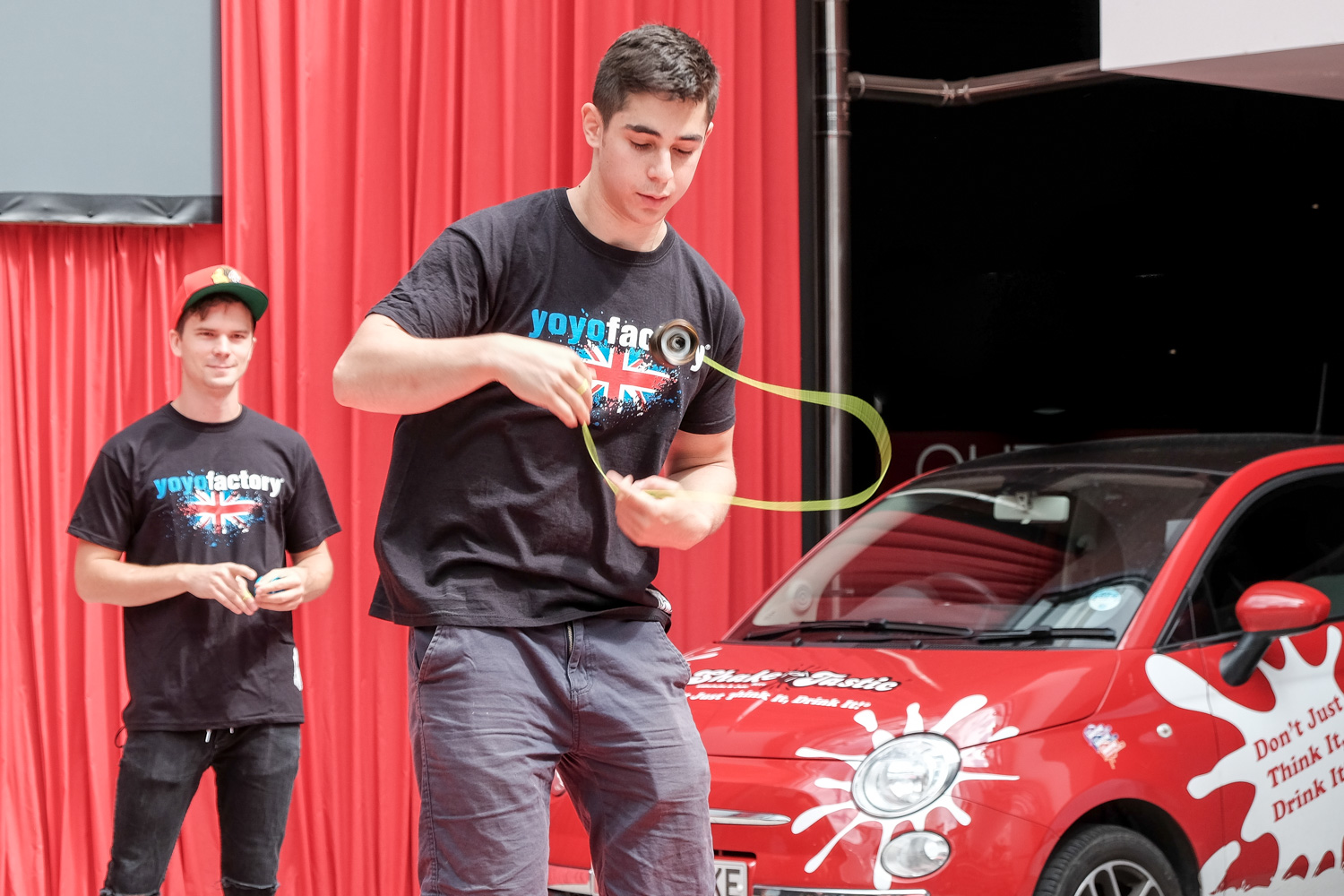I have been a professional photographer for over 40 years now – yes I can’t believe it either! In that time, I have seen and used huge advances in camera technology. Back when I started, it was obviously only film cameras and I had access to Hasselblads and Sinar cameras. Both were superb in their time for quality of output – and remember – no autofocus of any description on offer.
Fast forward to today and like most other pros, I now purely use digital very happily. My system of choice that I bought into 6 years ago was the Canon 5D series, firstly with the Mark 1 and now with the 5D Mark 2. They have served me well and been extremely reliable having taken tens of thousands of shots in that time. The L glass are legendary in their quality and quite rightly so.
However the world of cameras is now changing rapidly again not, thank goodness, this time with falsely chasing ever-higher megapixel sensors, but with the march of the mirrorless cameras. I guess I was first introduced to this genre and to Fuji when the original X100 caught my eye at the Focus camera show in England in 2011. It was love at first sight and it wasn’t long before I was the proud owner of this groundbreaking camera. As a passionate street photographer of many years (I teach street photography workshops for www.photographymasterclasses.uk), I saw the X100 as hopefully my perfect street camera. Sadly the autofocus speed let it down, although this did improve with Fuji’s excellent policy of regular firmware updates.
I started to take it with me to events that I was booked to photograph, alongside my Canon gear. It was small, unobtrusive, light and produced stunning quality images. For me, though, its fixed focal length was a bit restrictive for my professional work. So it remained confined to just supplemental shooting on jobs.
Then towards the end of last year, I started thinking about replacing my original Canon 5D that was my backup camera to the Mark 2. Initially, I had been looking at the Canon 6D or 5D Mark 3, but I had also been looking at the Fuji X-T1. Having seen the incredible work that Damien Lovegrove produces with it and handled it at one of his talks, I decided to take the plunge. I managed to get a good deal at a show and bought the X-T1 body, together with the 18-55 kit lens and the 27mm f2.8 for my street photography. (I have since added the incredible 35mm f1.4, now with faster focusing thanks to V4.0 firmware).
My initial impressions were that I loved the handling of the X-T1, with its traditional control dials, so that I can see what the camera is set to and make changes without even turning the camera on – how refreshing! Not only that, but my camera case already felt lighter, with just one hefty Canon inside it.
I then decided to start taking it with me on paid assignments, from portrait shoots to events. Using it at an outside portrait shoot with the 35mm, it proved to be superb. I love the bokeh the 35mm produces and the ability to preview the image briefly immediately after it was taken was a boon, to check whether the subject’s eyes were open or not. This has also proved valuable when taking family group shots, when inevitably at least one in the group gets caught with their eyes shut. Saves a lot of time in Photoshop moving eyes around!
However it wasn’t all good news, as I also took the X-T1 to a dimly lit party that I had to photograph and I struggled using it, on mainly on two counts. Firstly, you need to set the EVF so that the ‘preview exposure’ is set to off (can be found in the screen set-up menu), as you shoot or you probably won’t be able to see anything, particularly if you are using flash. Secondly, the autofocus proved to be not a patch on my Canon in very dark conditions, where the only light is that from the DJ’s lighting rig. I left that evening feeling very despondent and beginning to regret my purchase.
However, since that day back in January, things have improved somewhat. I invested in the excellent Nissin i40, which is a great little flash unit, almost as powerful as my Canon 430. Also, the recent V4.0 firmware update has definitely improved both the speed of the AF and also its low light capability.
So last weekend, I was booked to photograph the launch event of the opening of a new Shaketastic® store (a chain of milkshake bars here in southern England) at the London Designer Outlet, right by Wembley Stadium. This event was held almost totally outdoors and comprised of a number of guests, including Yoyo champions and the Voodoo Unicycle display team. Could the X-T1 be up to the job? Well the answer proved to be a resounding yes. In fact, 95% of my shots were taken using just the X-T1 and the 18-55 kit lens.
The trickiest to photograph potentially were the unicyclists, as their act included lots of stunts including jumps, but the X-T1 nailed it almost every time.
I set the camera up on AF-C and the AF mode to zone, using the 5 x 3 grid that ensures the AF uses both the contrast and phase detection methods for both accuracy and speed. As to the timing of the jumps, I am a traditional photographer that mentally believes he still uses film, so I never just keep my finger on the shutter and rattle off 20 frames hoping to get one good one. With me, as in my street photography, it’s all about my reactions and the decisive moment. So it’s anticipation and pressing the camera just at the right time.
I’m happy to say both myself and my client were delighted with the results.
So to sum up: in the 6 months I’ve owned the camera, whilst now exclusively using it for street photography, I’ve also found myself now using it more and more in my professional work. The quality of the results are unquestionable; it’s just the usability for the type of paid work I do, that’s held me back so far from ditching the Canon system. However, I can now see that it won’t be long before that happens and my back for one will definitely be grateful!

























